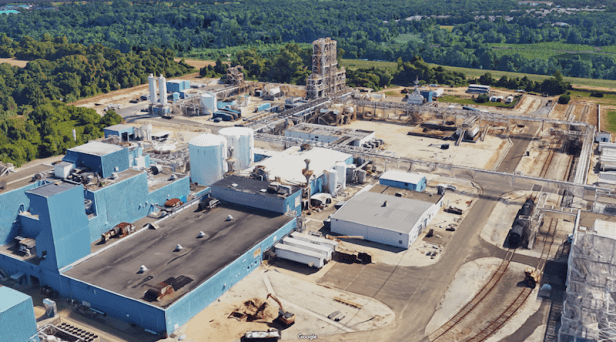New ‘forever chemicals’ are contaminating the environment, regulators say
By Ryan Felton | Consumer Reports | October 1, 2020

Read the full article by Ryan Felton (Consumer Reports)
“Earlier this year, state and federal researchers reported finding a new, potentially dangerous chemical in soil samples from multiple locations in New Jersey. The compound was a form of PFAS, a group of more than 5,000 chemicals that has raised concerns in recent years because of their potential link to learning delays in children and cancer, as well as their tendency to last in the environment for a long time.
But the new revelations, reported in the June issue of Science magazine, stoked concerns among water-quality researchers and advocacy groups for other reasons, too. It underscored how easy it is for manufacturers to phase out their use of PFAS (per- and poly-fluoroalkyl substances) once the substances have been regulated, and replace them with newer, related compounds that researchers know even less about. And it showed how difficult it is for regulators to track and oversee these new compounds.
The authors of the Science report, from the Environmental Protection Agency and the New Jersey Department of Environmental Protection (DEP), identified the West Deptford, N.J., plant of a company called Solvay Specialty Polymers USA, a division of the Belgian chemical giant Solvay S.A., as the likely source of the contamination.
Solvay, in a statement to CR, denies it’s responsible.
But Solvay has been cited by the New Jersey DEP in the past for contamination of soil and water with an older, now-regulated PFAS compound. And the company has used a replacement PFAS at the facility for years, despite having not implemented an official way for regulators or independent researchers to analyze whether the new compound is present in the environment, according to documents obtained by Consumer Reports through a public records request.
Through that request, CR sought documents and communications between Solvay and the agency that were related to the chemicals identified in the Science study, and received more than 240 pages of filings that highlight the company’s use of a PFAS replacement at its facility.
The records shed light on the struggle that regulators in New Jersey face in identifying the environmental risks posed at the Solvay plant, as well as the ongoing debate between both sides over how to remediate the company’s substitute compound and limit new types of PFAS from being used in the future.
The New Jersey DEP tells CR it believes Solvay is using ‘one or more’ of the replacement compounds identified in the Science study at the company’s facility. The replacements are ‘expected to have toxicity’ and other properties similar to currently regulated PFAS compounds, the agency says. The DEP declined to answer questions about whether Solvay’s replacement compounds have been detected in public water supplies.
‘The DEP will continue to use the best science available to evaluate emerging contaminants to protect New Jersey’s public health and environment,’ the DEP says.
Environmental and health advocates say that because it takes years to assess the risk of chemicals like Solvay’s new substitute, PFAS should be regulated as a group, with new compounds subject to the same regulations as previously identified ones…”
This content provided by the PFAS Project.
Location:
Topics: